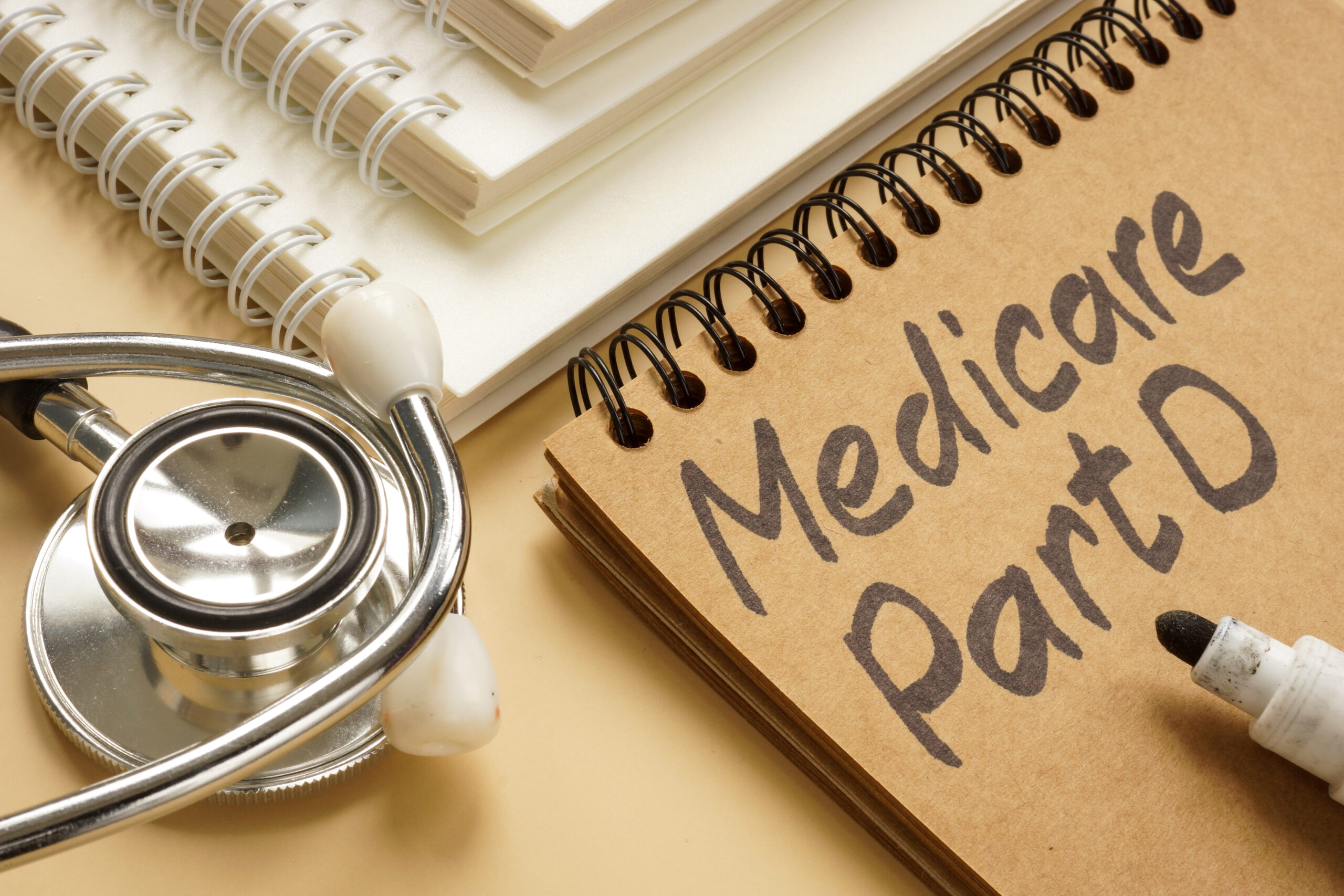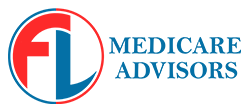About Bosa Consulting
Aptent tincidunt lobortis eveniet! Molestie accusamus qui magna, consequatur posuere, sociosqu phasellus, nam sit dis fuga nemo eu, per duis vestibulum eveniet exercitationem assumenda, totam.
Post Categories
- No categories
Prescription Drug Plans
A prescription drug plan, also known as a Medicare Part D plan, is a type of insurance that helps individuals pay for their prescription medications. This plan is designed to cover the costs of prescription drugs that are prescribed by a doctor or other healthcare provider. Prescription drug plans can be purchased as standalone plans or as part of a Medicare Advantage plan, and they typically have a monthly premium, deductible, and copay or coinsurance amounts. These plans are essential for individuals who rely on prescription medications to manage their health conditions and can help alleviate the financial burden of high drug costs.

Members enrolled on Standalone Part D Plans
Benefits of a Part D plan?
Comprehensive Coverage
Standalone Part D plans cover a wide range of medications, including brand name and generic drugs.
Flexibility
Beneficiaries can choose the plan that best fits their needs
Cost Savings
Standalone Part D plans can provide cost savings for prescription drugs. They negotiate with drug manufacturers to get lower prices on medications.
Part D Coverage Stages:
1-Deductible stage: In this stage, the individual is responsible for paying the full cost of their prescription drugs until they reach their plan’s deductible (if the plan has one). The deductible amount can vary from plan to plan and can change each year. Not all plans have a deductible.
2- Initial coverage stage: Once the individual has met their deductible (if applicable), they enter the initial coverage stage. During this stage, the individual pays a copay or coinsurance for each prescription drug. The copay or coinsurance amount can vary depending on the specific drug and the plan. The plan covers the remaining cost of the drug.
3- Coverage gap (donut hole) stage: Once the individual’s total drug costs for the year (including what the plan has paid and what the individual has paid in copays or coinsurance) reaches a certain threshold, they enter the coverage gap. During this stage, the individual pays a higher percentage of the cost of their prescription drugs. For example, they might pay 25% of the cost of brand-name drugs and 37% of the cost of generic drugs. The plan also provides a discount on the cost of prescription drugs during this stage.
4-Catastrophic coverage stage: Once the individual’s out-of-pocket costs for prescription drugs reach a certain amount, they enter the catastrophic coverage stage. At this point, the plan provides additional coverage for prescription drugs for the rest of the year. During this stage, the individual pays a small copay or coinsurance amount for each prescription drug.
Looking for affordable prescription drug coverage? Contact us today to explore your options and get expert guidance in selecting the right plan for your needs.
